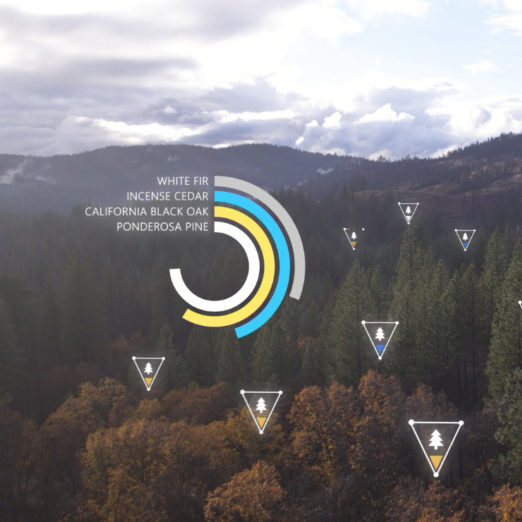In the ongoing global effort to address climate change, every step forward is significant. Recently, the Science Based Targets initiative (SBTi), the world’s leading verifier of corporate climate targets, ignited a heated debate with its proposal to consider recognizing environmental attribute certificates, including carbon offsets, for abatement purposes in reducing value chain emissions. The SBTi statement outlined: “SBTi recognizes that, when properly supported by policies, standards, and procedures based on scientific evidence, the use of environmental attribute certificates for abatement purposes on Scope 3 emissions could function as an additional tool to tackle climate change.” This statement is hardly the unambiguous endorsement of carbon markets it’s being painted to be, but it does introduce a pathway for more high-quality projects to receive the funding they need from the voluntary carbon market. This comes at a critical time as we approach (and surpass) many benchmarks in the battle for a livable future.
From 2022 to 2023, emissions increased by 1.1%, totaling 36.8 billion tonnes. We need to take drastic action if we’re going to stay within reach of international climate targets to keep warming at less than 1.5°C (2.7°F) above pre-industrial levels. This means companies must focus on both avoiding and reducing emissions, as well as taking additional climate action to remove the carbon that’s already been released into the atmosphere.
However, only 18% of companies that have pledged to reach net zero emissions by 2050 are currently projected to achieve this. It’s a sobering truth: despite a surge in corporate pledges to halve emissions by 2030 and achieve carbon neutrality by 2050, the necessary financial backing has yet to materialize. The number of companies committing to SBTi goals has soared by over 500% between 2018 and 2023, corporate climate financing has only seen a modest 5% uptick during the same period. So while the ambition is evident, the action is missing.
With the current system falling short, new perspectives on old ideas may be needed to catalyze ambition into action. With this new allowance for mitigating scope 3 emissions, SBTi is showing a high level of leadership and awareness towards the needs of an uncertain future economy.
Currently, SBTi’s guidance for achieving net zero requires companies to reduce their emissions across the value chain by at least 50% by 2030 and 90% by 2050. Only after achieving these reductions can they neutralize any remaining emissions with carbon offsets. This strict mandate not only limits demand but also challenges the near-term viability of carbon offsets. And for companies with heavy Scope 3 emissions — such as consumer goods companies and airlines — reaching net zero can seem almost impossible.
That’s why the announcement from SBTi has piqued the interest of many well-intentioned companies working towards net zero commitments. For companies to start making these vital investments, they need clarity on how to measure and take credit for their efforts — and that’s exactly where SBTi comes in. This clarity is crucial for driving the investments needed to achieve net zero by 2050. With SBTi’s proposal to allow the use of carbon offsets, we anticipate a surge in action and capital directed towards tackling Scope 3 emissions, unlocking corporate ambition and enabling them to step boldly toward net zero goals. This shift will be transformative for both climate and biodiversity.
We recognize that the debates arising from SBTi’s proposal announcement stem from a lack of confidence in the voluntary carbon market, which has faced increasing skepticism with report after report casting doubt over its integrity. We acknowledge and accept this scrutiny, it’s important to showcase that not all projects are created equally. There is indeed a way to develop transparent and genuinely additional carbon removal assets to meet corporate climate objectives. To maximize the transformative impact being made by companies against the dual crises of climate change and biodiversity loss, the guidelines released by SBTi in July must prioritize the acceptance of only these high-quality carbon removal offsets. At Wild + Pine, we are dedicated to ensuring that the funds directed by our partners to communities and nature actually reach the ground by executing legacy forest projects with a clear chain of custody and the highest level of transparency and legitimacy. We are pleased to offer assurance to our partners that our projects de-risk their climate portfolios by building on a foundation of scientific integrity.
The date is set, and we’re marking our calendars. By July 2024, a first draft of guidelines will be released. We’re excited to dive into the details of a decision that will unlock the power of nature to address the dual crises of climate change and biodiversity loss.
What are your thoughts on the recent announcement from SBTi and the debate surrounding it? We’d be interested in hearing from you.
– Dave






